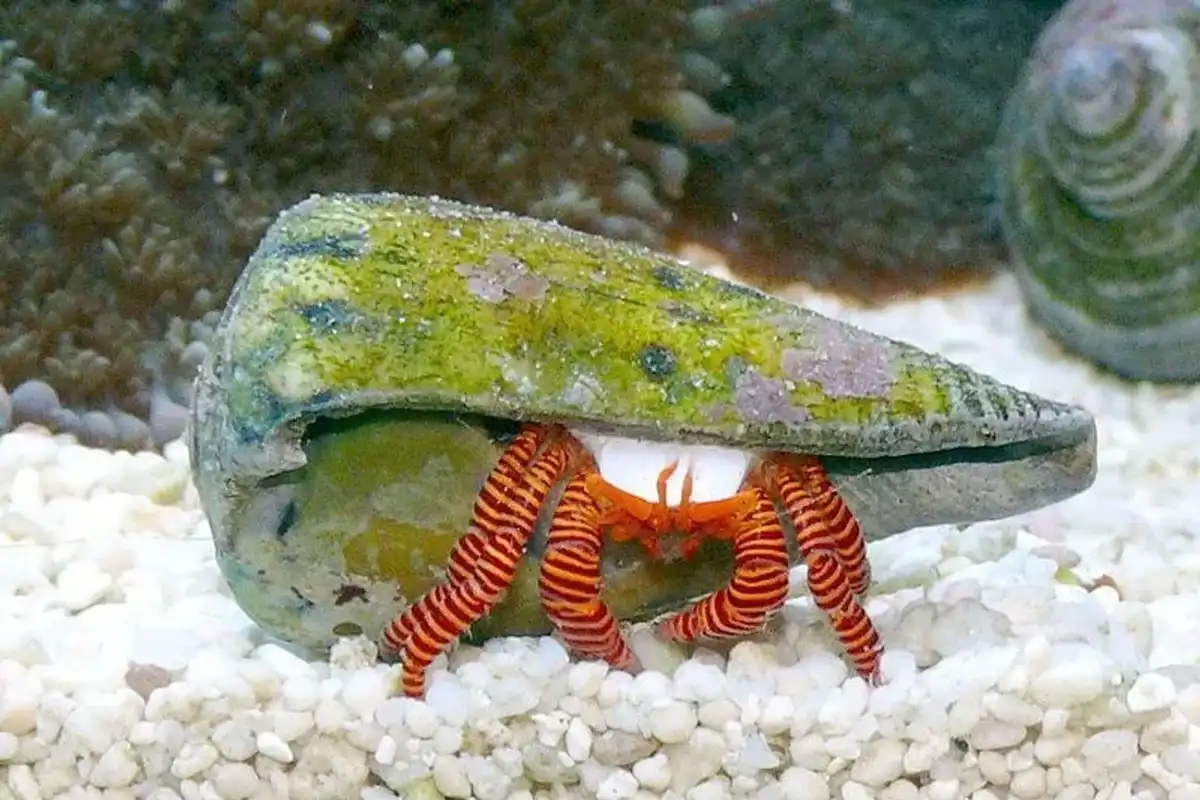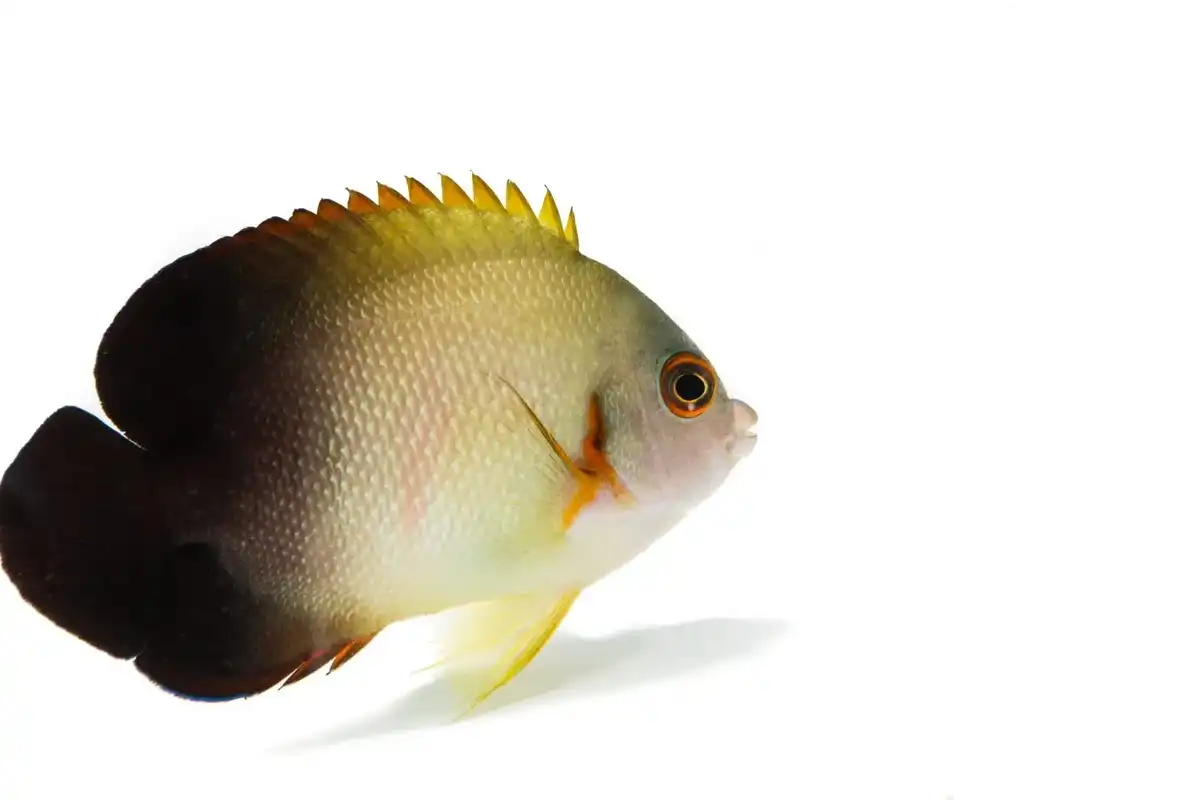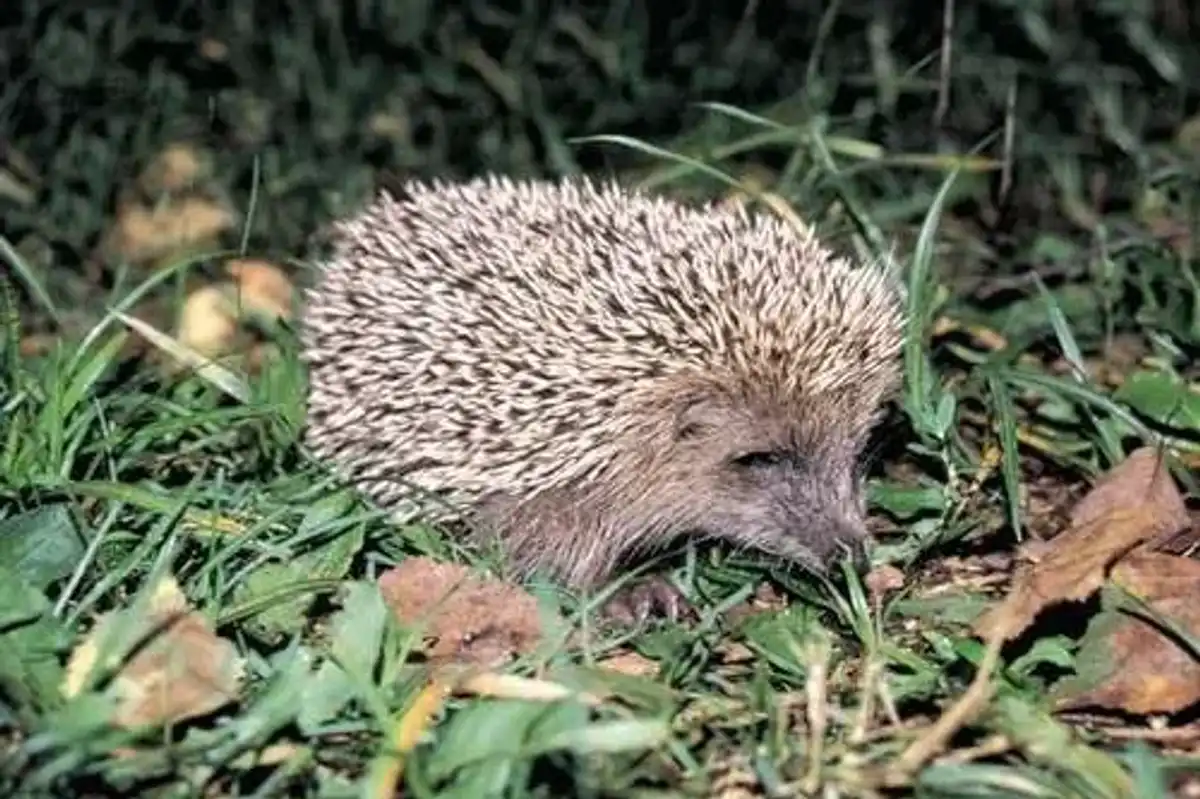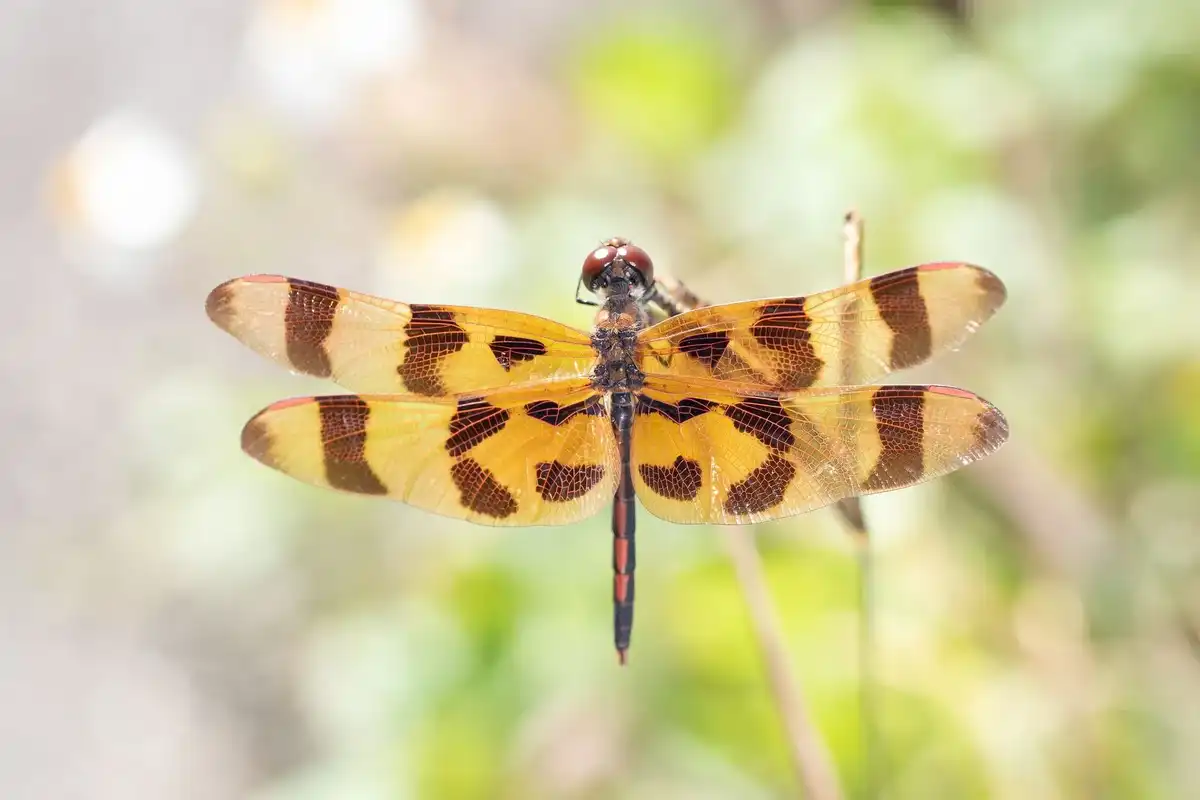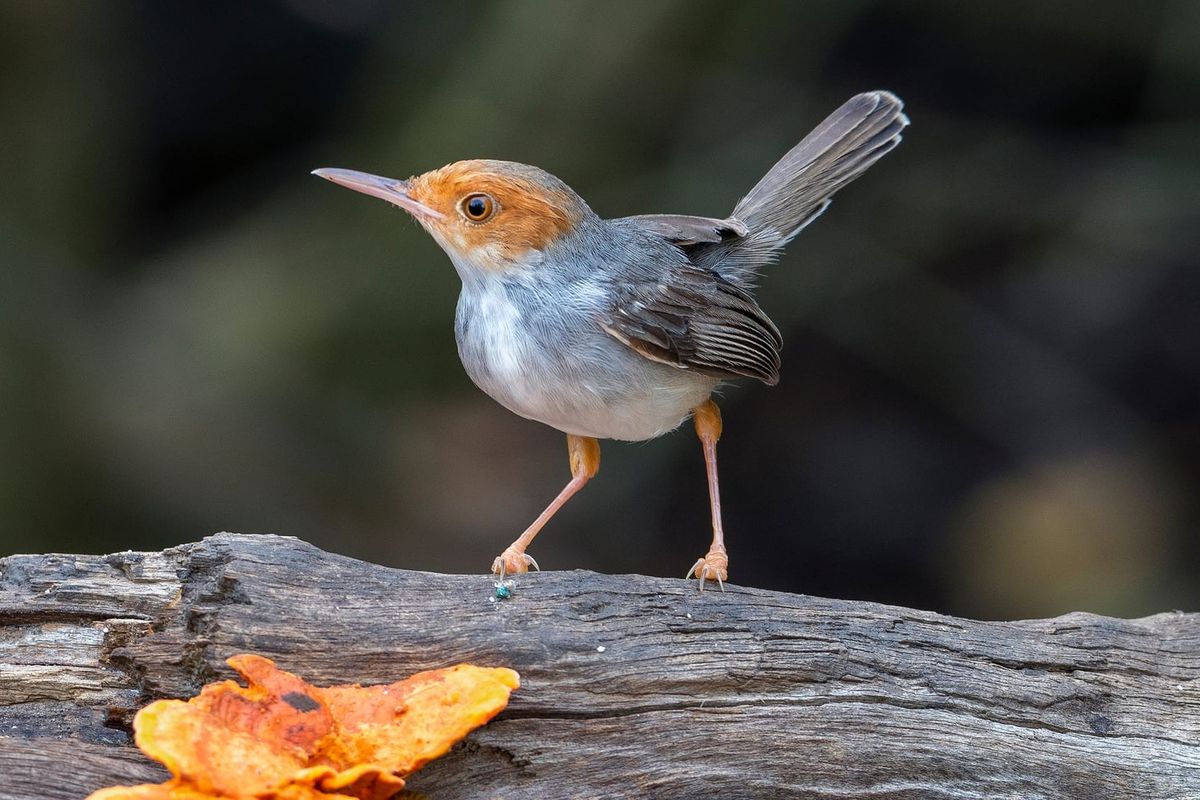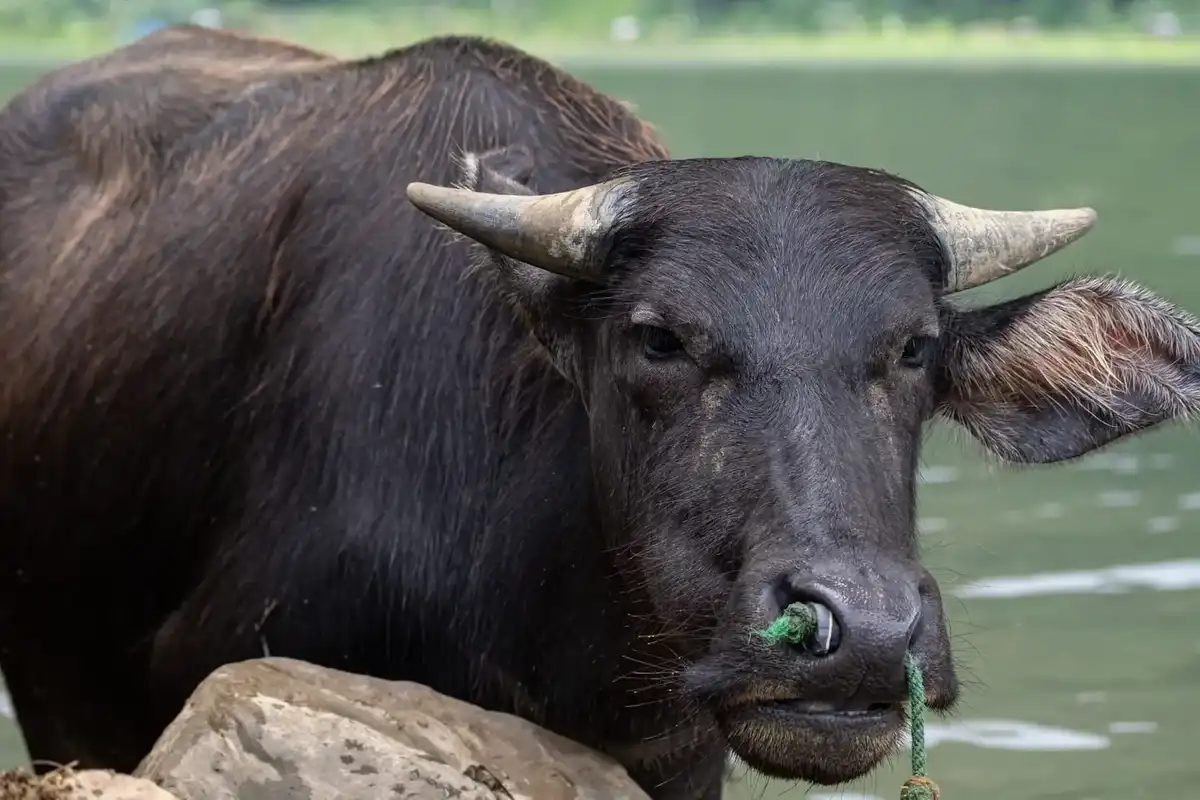About Aabir Basu
During Aabir's higher education at Indian School Muscat, he received several academic awards before pursuing his Bachelor's degree in Computer Engineering at Memorial University of Newfoundland, Canada. In addition to his academic achievements, Aabir participated in two Model United Nations conferences and volunteered as a librarian. With his diverse background and language skills, Aabir is a valuable member of the Kidadl team.
Family interest
In house speciality
Education
Qualifications
- Bachelor of Engineering specializing in Computer Engineering
Recent Work
Fun Halloween Hermit Crab Facts For Kids
We've all most likely seen a fair amount of crabs (quite often the dungeness crab) scuttling around sideways in the sand when we visit the beach, and a lot of tank and aquarium enthusiasts keep them alongside their fish for a variety of reasons, the most common one is that hermit crabs are an excellent clean up crew for an aquarium, since they eat any algae growth and keep the tank aerated by continuously sifting through the sand at the bottom of the aquarium.
The species of hermit crab that is often considered the most brightly colored is called the halloween hermit crab, also commonly referred to as the striped hermit crab or even the orange-legged hermit crab.
Scientifically, it is called Ciliopagurus strigatus. Like most other hermit crabs, this festively dressed species likes to live in empty shells of other animals to protect its fragile exterior.
Their diet does not just consist of algae: they also eat some good meaty food like Mysis shrimp, snails, and sponges.
They not only eat snails but also attack them for the real estate: the cone shells that the snails possess.
The halloween hermit crab is nocturnal by nature, resting all day and usually only venturing out of its shell at night.
If you liked reading these halloween hermit crab facts, you must also read our fact files on the ambush bug and green stink bug.
?
Fun Half Black Angelfish Facts For Kids
If your child is one of those that can spend hours and hours just peering into an aquarium and admiring the fish that roam its depths, they are sure to have talked to a friendly angelfish at some point.
Angelfish is one of the most common types of fish seen in an aquarium at people's homes, and not without good reason. There are several different types of angelfish, and each one has a very distinct and attractive coloring that separates it from its fish cousins.
The half black angelfish, pearlscale angelfish, or Centropyge vroliki (named after famous Dutch anatomist Willem Vrolik) boasts a very ornamental-looking exterior, causing it to be a common sight in the aquarium trade.
Native to Australia, Vanuatu, and the Marshall Islands, these fish are known to hybridize with the Blacktail angelfish and the Lemonpeel angelfish, leading to all sorts of exotic patterned fish.
While the half black angelfish (Centropyge vroliki) is not the apex predator, they will not hesitate to feed on clam mantles, Mysis shrimp, and Spirulina (marine algae).
As such, they are often provided with a live rock for grazing in their aquarium. They may seem like dwarf fish due to their size, but make no mistake, the half black angelfish do not get along well with other angelfish.
They don't mind other species of fish like the Bluespine Unicornfish or the Golden Cave Catfish though, so they're a semi-aggressive aquarium companion.
Fun Amur Hedgehog Facts For Kids
Hedgehogs are well-known are easily recognizable for their spines.
Unlike a porcupine, these sharp spines cannot be removed from the body of a hedgehog and remain throughout its life, only detaching when the animal is under great duress or diseased. The name hedgehog has a simple etymology: the animal is known to frequent hedges, and often makes a pig-like snorting/grunting noise when foraging.
The Amur hedgehog (Erinaceus amurensis), also called the Manchurian hedgehog, is very similar in physical appearance and general behavior to the European hedgehog, with the most marked difference between the two being the more lightly colored hue of the Amur hedgehog.
The Amur hedgehog is called so since it is native to the Russian state of Amur Oblast. Apart from this state, its habitat also stretches across to Primorye in Russia, as well as Manchuria in China, leading to its alternative name.
Finally, the Amur hedgehog is found across the Korean Peninsula.
Like other species of hedgehog, the Manchurian hedgehog can live almost its entire life alone, with its only interaction with other individuals of its species being during mating season. The Amur hedgehog is threatened only by natural predators like hawks, eagles, foxes, and ferrets, meaning its habitat is largely unaffected by human activity.
This is definitely to some degree due to the large range of geographic settings a hedgehog is comfortable in, from moist forests to deserts!
If you go on to enjoy this article on the Amur hedgehog, make sure to check out our facts pages on the African pygmy hedgehog and the European hedgehog.
Fun Halloween Pennant Facts For Kids
Dragonflies are widely considered to be harbingers of change, maturity, and self-realization. They are some of the most common flying insect species (as common as the tiger bee fly) in the wild, and you are sure to have met a couple of dragonflies when out on a picnic or visiting a farm.
They are usually completely harmless and do not bite or sting humans.
However, beware that larger dragonflies can bite if you try and hold them in your palms but should not be able to break the skin. The Celithimis group of dragonflies are commonly known to us as pennants.
The most readily found species among the pennants is the Halloween pennant (Celithemis eponina), named so because of their bright orange-colored wings with dark brown bands, reminiscent of the colors of October's spooky festival. Female Halloween pennants have several yellow markings around their eyes, and the male's yellow markings eventually redden as they mature.
The Halloween dragonfly species is often mistaken for a butterfly when it is spotted perched on vegetation near a river.
However, they are completely different species of insect, with distinct features and behaviors. Make sure to read on for some amazing Halloween pennant dragonfly facts!
If you liked reading these Halloween pennant dragonfly facts, you must also read our fact files on the ambush bug and green stink bug.
Fun Ashy Tailorbird Facts For Kids
The ashy tailorbird (Orthotomus ruficeps) is a species of the Orthotomus genus, Passeriformes order, and family Cisitcolidae, the group of all tailorbirds and warblers.
They were previously classified as an Old World warbler, but this was changed recently when it was found that they were more closely related to a tailorbird than the Old World warbler. The ashy tailorbird is really small in size and weight and is able to fly at breakneck speeds, making them extremely hard to capture photos of!
In the photos captured when they are static, they are seen to be quite soberly colored with an ashy gray topside, white underside feathers, and a red-brown head.
An ashy tailorbird (Orthotomus ruficeps) nest is extremely complex, just like any other species of tailorbird. First, male birds escort the females as she collects material for the nest, meaning the male ashy tailorbird (Orthotomus ruficeps) does not abandon the female after breeding, like a few other species of tailorbird.
The ashy tailorbird (Orthotomus ruficeps) female then selects a broad-leafed tree to build her nest in.
She first weaves a conical shelter with an entrance on the top. The main nest is then constructed inside this shelter for the young ashy tailorbird (Orthotomus ruficeps) to live in.
The natural habitat of the ashy tailorbird (Orthotomus ruficeps) consists of subtropical or tropical lowland forests and mangrove forests. Though these conditions could be satisfied by a variety of locations across the world, the ashy tailorbird (Orthotomus ruficeps) lives in Asia.
The ashy tailorbird (Orthotomus ruficeps) is a species of bird that has adapted well to humans, and they can be often found in urban areas as well.
As a result, the population of the ashy tailorbird (Orthotomus ruficeps) has not suffered yet due to deforestation and climate change. If only every bird species could be as flexible as the ashy tailorbird (Orthotomus ruficeps)!
If you enjoy this article on the ashy tailorbird (Orthotomus ruficeps), make sure to check out our facts pages on the Cambodian tailorbird and the bee hummingbird.
Fun Tamaraw Facts For Kids
Buffalos are some of the most common animals seen in the wild and in captivity.
They belong to the subfamily Bovinae and have hoofs on their legs and horns on their heads. The tamaraw (Bubalus mindorensis) is also known as the Mindoro dwarf buffalo.
It is a Critically Endangered species of buffalo according to the International Union for Conservation of Nature (IUCN) Red List of Threatened Species and it is endemic to Mounts Iglit-Baco National Park and Aruyan in the island of Mindoro.
A massive and sudden decrease in the population of the tamaraw has been caused by human activities like logging and hunting that are detrimental to the living environment and natural resources within the tamaraw habitat range.
Tamaraw conservation efforts have been taken up by the Philippine Department of Environment and Natural Resource since 1936, when even wounding a tamaraw was made a punishable offense.
This tamaraw conservation program by the Philippine government is the main thing keeping the species from becoming completely extinct.
There have not been any large increases in the tamaraw population in the last five decades or so due to the fact that the species is endemic to the Philippines and finds it hard to adapt to other habitats.
The Mindoro dwarf buffalo is short, small, and stocky.
They have a V-shaped pair of horns on their head and show little to no sexual dimorphism, meaning males and females of the species have mostly the same features apart from their reproductive organs.
Tamaraw symbolism is rife in Philippine culture: the animal was present on a version of the one peso coin, Toyota has released two car models with its name, and it is the mascot of several universities in the island nation.
If you go on to enjoy this article on the Critically Endangered tamaraw, make sure to check out our facts pages on the water buffalo and the cape buffalo.

